The UN's 17 Sustainable Development Goals (SDGs) outline a global blueprint for achieving a better and more sustainable future for all. These interconnected objectives encompass a wide range of challenges, from poverty and hunger to climate change and inequality. As the world grapples with these pressing issues, the role of construction and the ubiquitous use of cement should come under increasing scrutiny. The pervasive reliance on cement for infrastructure development, housing, and countless other projects raises critical questions about its environmental impact and its alignment with the SDGs. In this article we'll go into the sustainability challenges posed by cement consumption and explore potential solutions to reconcile its use with the Ethiopia's pursuit of sustainable development.
Ethiopia's predominantly rural population, constituting about 70% of the citizens, faces significant challenges in accessing quality education, healthcare, and economic opportunities. This rural-urban disparity drives a substantial outflow of people seeking better prospects in urban centers. To effectively address the nation's critical needs, it is imperative to implement efficient and innovative strategies that maximize resource utilization. Given the interconnected nature of the Sustainable Development Goals, developing cost-effective infrastructure solutions is paramount to bridge the rural-urban divide and enable overall development.

Ethiopia is currently investing heavily in housing, energy, water and sanitation, and transportation infrastructure to meet the critical needs of its population. Large Dams like Koysha, together with GIBE III and GERD (the Grand Ethiopian Renaissance Dam) on the Blue Nile, will enable Ethiopia to become Africa’s leader in terms of energy production. Large scale redevelopment projects like the Corridor projects, aimed at alleviating serious infrastructural problems in cities also consume a lot of resources of the country. And according to Deputy Prime Minister Temesgen Tilahun, the construction sector has reached 21% of the country's GDP and is expected to continue to grow.
In recent times, an imbalance in the demand & supply for construction materials like cement, sand, aggregate and reinforcement steel, has created inflation, and delays in public sector infrastructural projects in the country; a sector already plagued by cost and time overruns (as per a study conducted by the World Economic Forum). The exclusive use of reinforced concrete for all projects, rather than incorporating locally sourced materials for smaller building infrastructure, unnecessarily increases costs, hinders innovation and community involvement.
The need for using alternative construction materials & methods arises from not only these factors, but also because of the environmental impact of cement. Cement production and use is one of the sectors responsible for large amounts of CO2 emissions in the world. Most of the emissions come from the production of cement in the process called Calcination, and unlike other industries which are on their way to decarbonizing their processes, the cement industry isn't making significant progress. According to an article in the NRDC, if the cement industry was a country, it would rank as the world’s fourth largest GHG (greenhouse gas) emitter, just behind China, the U.S., and India. The production of Iron and Steel also accounts for a significant percentage of global emissions (8%).
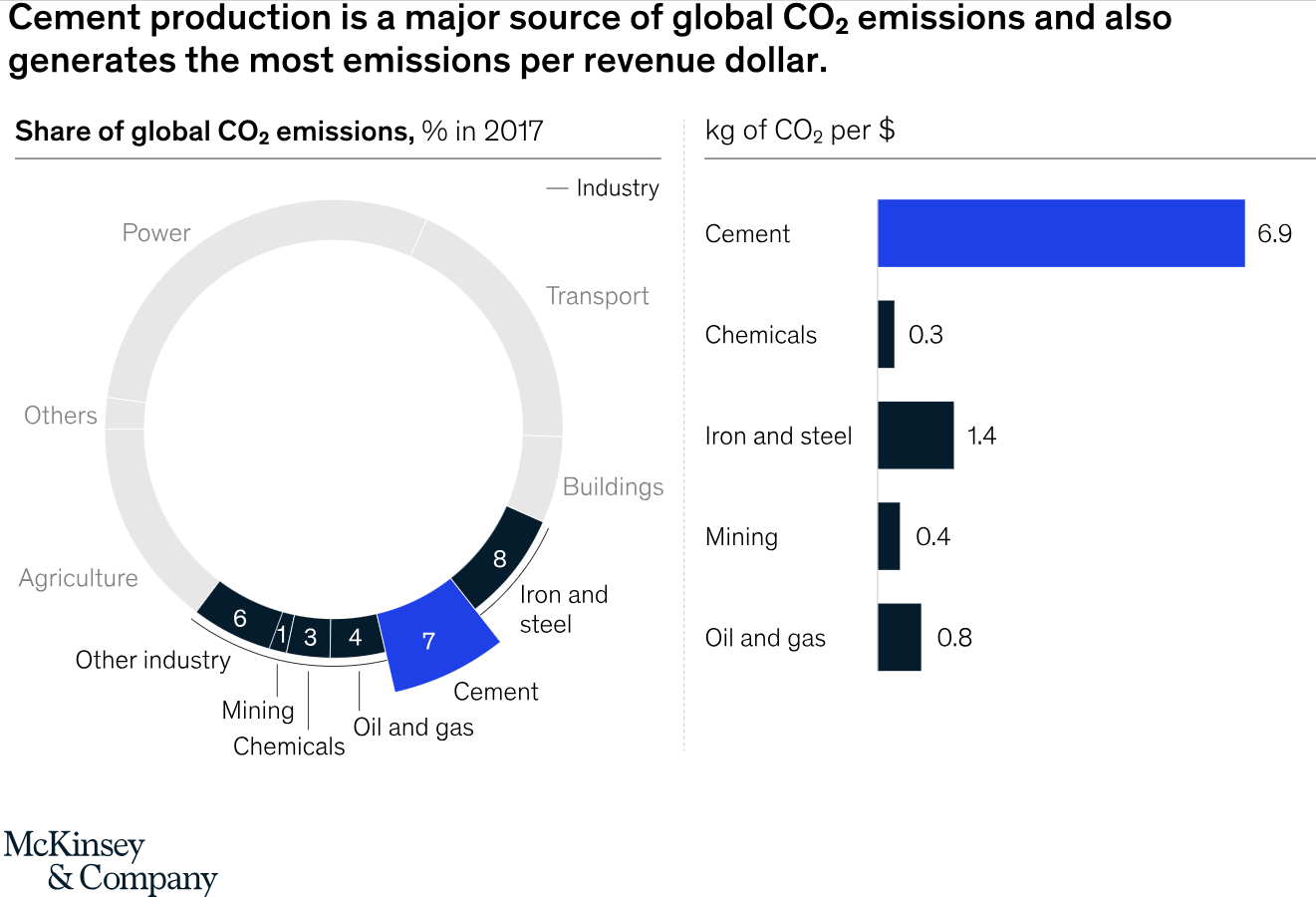
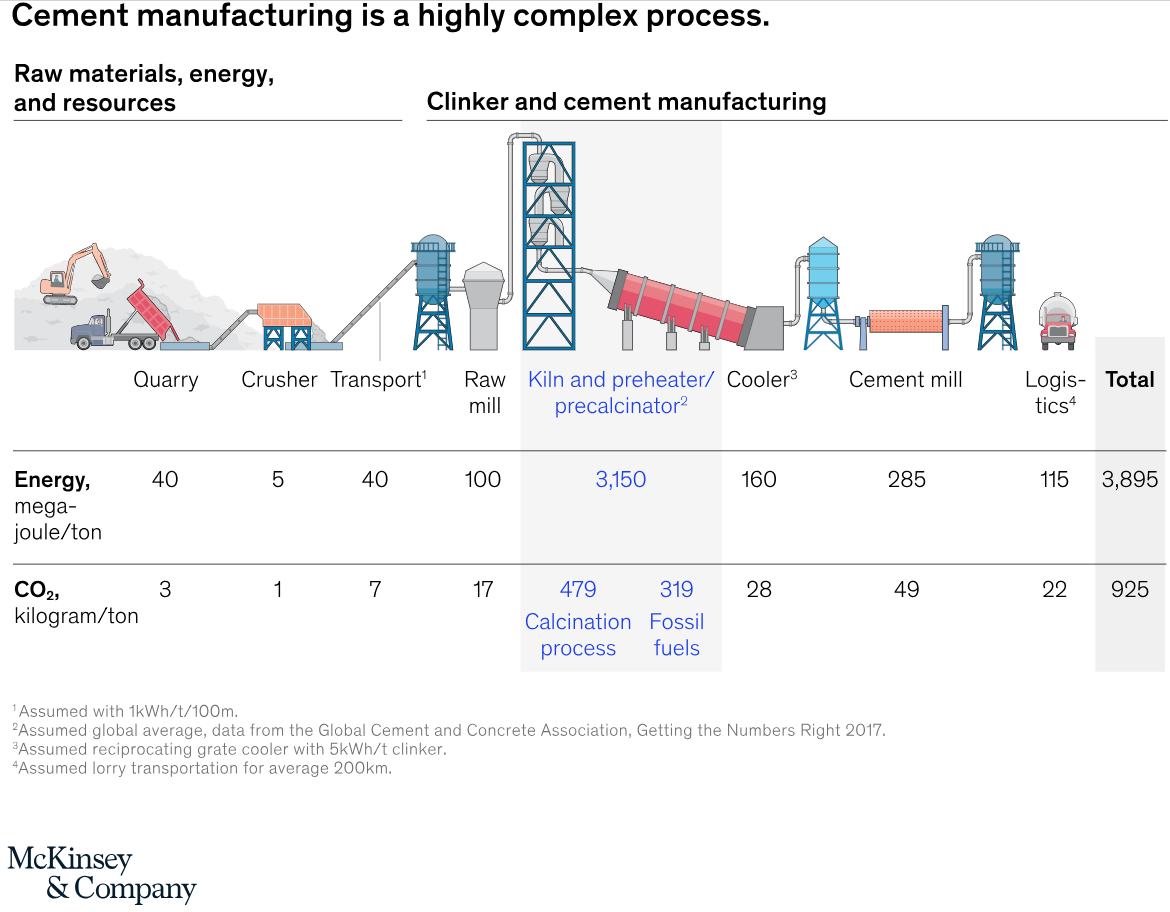
Share of global CO2 emissions that come from cement production (2017 data); Mckinsey
There's also the problem of demolished concrete buildings. Although there're promising research being done to recycle it for use as a sub-base material in road construction, in countries like India, for many countries in the world, the debree from demolished buildings ends up in a landfill.
It is therefore imperative to look at solutions that use as little cement as possible, when thinking about our infrastructural needs, especially for projects with a shorter lifespan. While cement and concrete structures offer unparalleled versatility and strength, its production and use contribute substantially to greenhouse gas emissions and resource depletion.
To reconcile the need for infrastructure development with environmental sustainability, a paradigm shift is imperative. So how can we achieve that?
By drawing inspiration from ancient building techniques and exploring innovative, low-carbon alternatives, we can create a more sustainable built environment.
For millennia, we relied on natural resources like wood, stone, and clay to build sturdy and often beautiful structures. These materials were not only readily available but also possessed inherent qualities that made them sustainable and adaptable to various climates.
In rural areas, where we can allocate more area of land, we can opt for light-weight structures (single-storey buildings instead of multi-storey buildings), emphasizing the use of locally sourced materials, such as wood, stone, and clay, can reduce the cost, and environmental impact of construction. Locals will also benefit by participating in the process and contribute to the research and development of an aesthetically pleasing and sustainable building designs for their area.
Fixing the Bias Towards Concrete in Education
Unfortunately, the construction industry and academic programs have been heavily focused on concrete and steel. Architectural and civil engineering curricula often prioritize the design and analysis of concrete structures, neglecting the potential of alternative materials and traditional building wisdom. This bias has contributed to the dominance of concrete in the built environment.
To address this, there is a growing need for educational reforms that emphasize sustainable construction practices. Incorporating courses on traditional building materials, biomimicry, and life cycle assessment can equip future architects and engineers with the knowledge and skills to create more environmentally responsible buildings.
The challenge now lies in balancing the durability and versatility of modern materials like reinforced concrete with the ecological wisdom of the past.






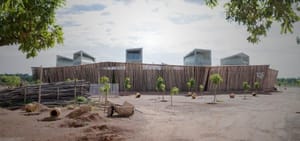
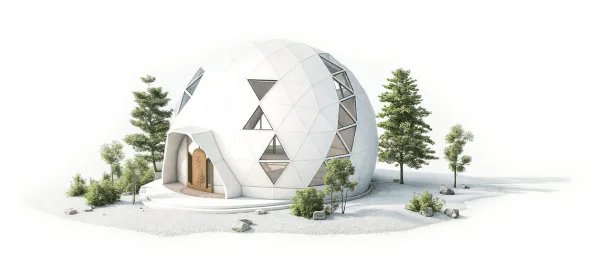

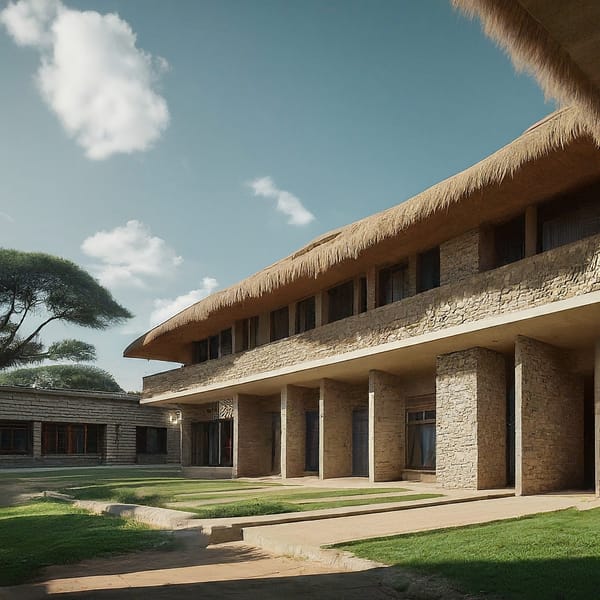


Member discussion